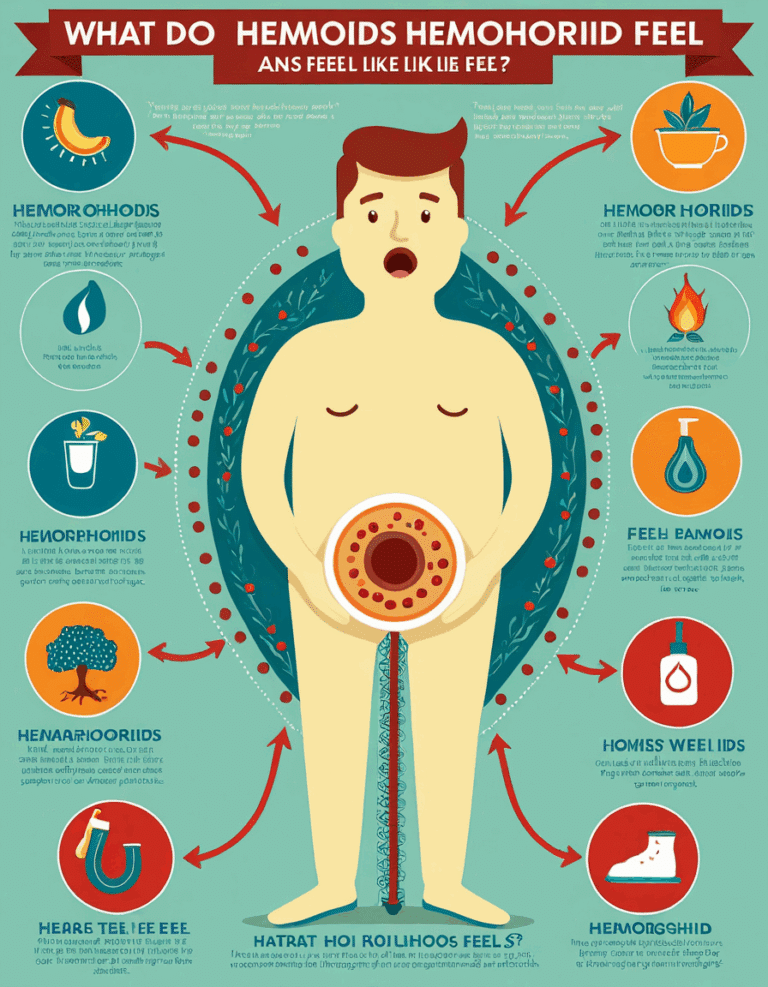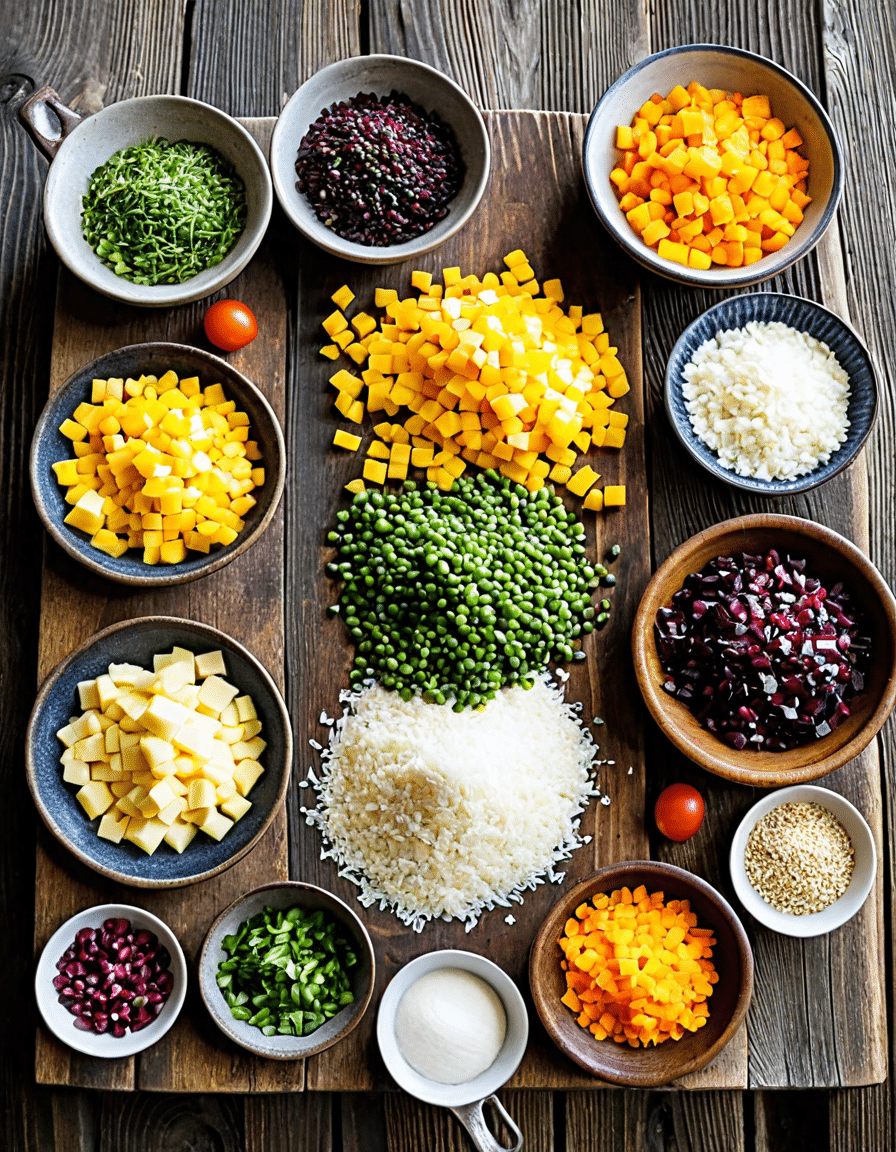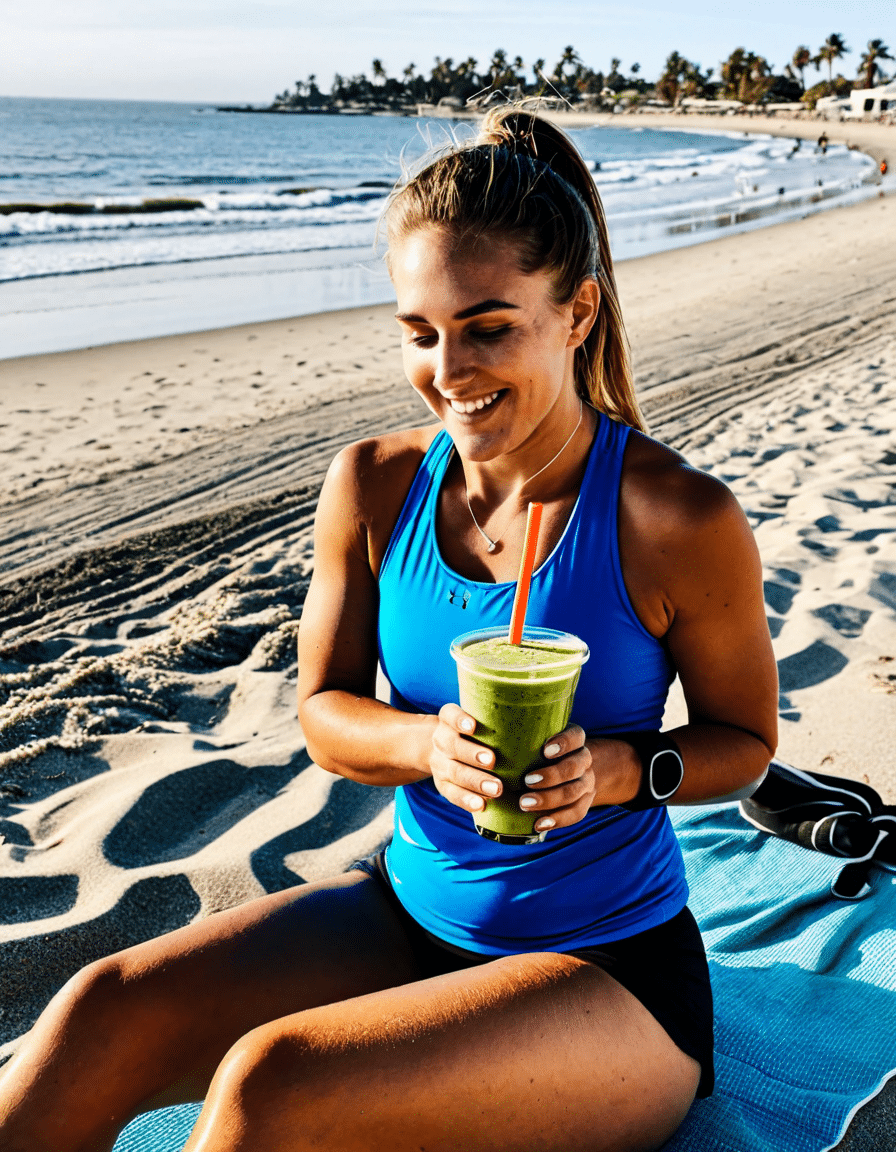Let’s talk about green potatoes. These little buggers might seem harmless at first glance, but they can pack a serious punch of toxicity. That green tint isn’t just about looks; it’s a signal that there could be danger lurking beneath the skin. In this article, we’re diving deep to separate fact from fiction about green potatoes and how understanding their toxicity can elevate your kitchen game, improve your health, and keep you looking ripped. So, grab a snack and let’s get into the nitty-gritty!
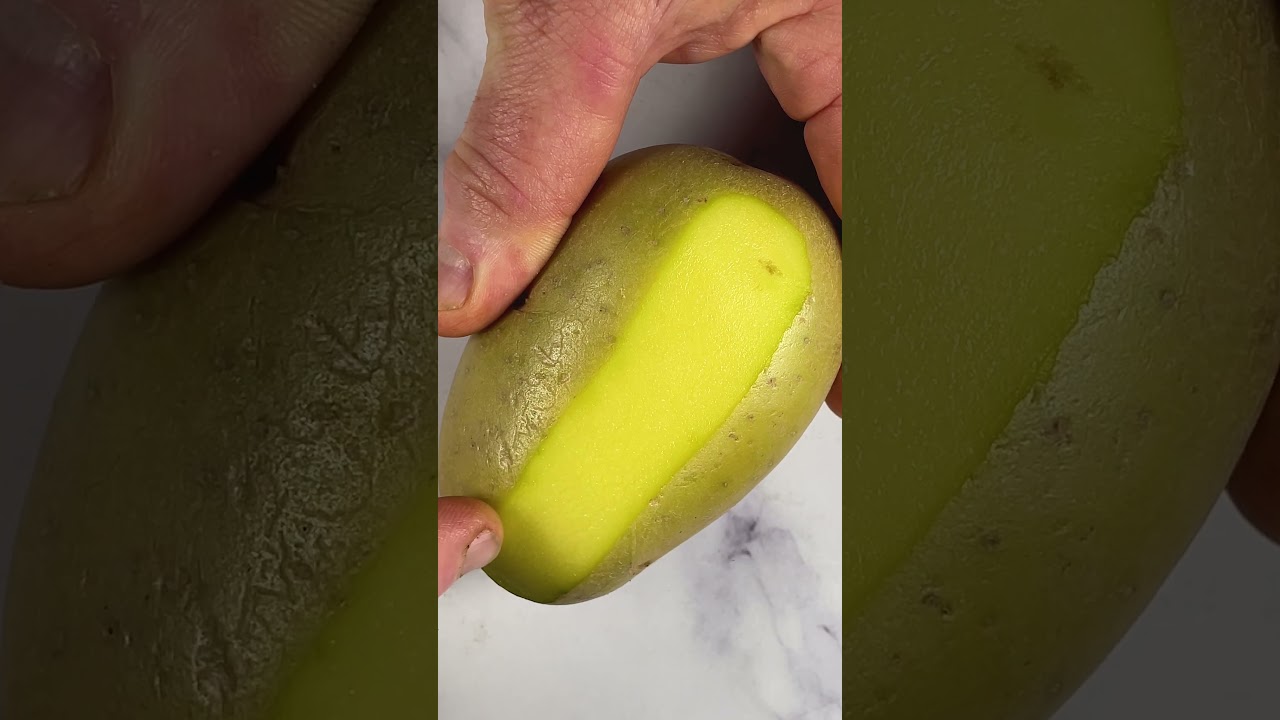
Understanding Green Potatoes and Their Toxic Properties
Green potatoes develop their hue when they are exposed to light. This light triggers the creation of chlorophyll, which might make the potatoes look fresher. But hold on! The real concern comes from a compound called solanine. This natural toxin acts as a defense mechanism for the plant, warding off pests and herbivores. Unfortunately, if consumed in excess, solanine can cause nasty health issues like nausea, vomiting, and even neurological problems. So, it’s crucial to train your eye to spot those green potatoes and avoid consuming them.
Recognizing this toxic reaction in potatoes isn’t just about being health-conscious; it’s about empowering yourself in the kitchen. Think about it—there’s a world of culinary potential waiting for you, but you’ve got to know what to steer clear of. By understanding how green potatoes are formed and their toxicity levels, you’re doing yourself a favor and setting the stage for healthier eating habits.
Let’s not sugarcoat it: food safety is a big deal, especially in today’s health-focused society. Ignorance can lead to health risks, especially with the growing popularity of plant-based diets. Potatoes are often a staple in these diets, and knowing which ones to avoid is crucial. It’s not just about avoiding a stomachache; it’s about keeping your fitness goals on track and your physique looking its best.
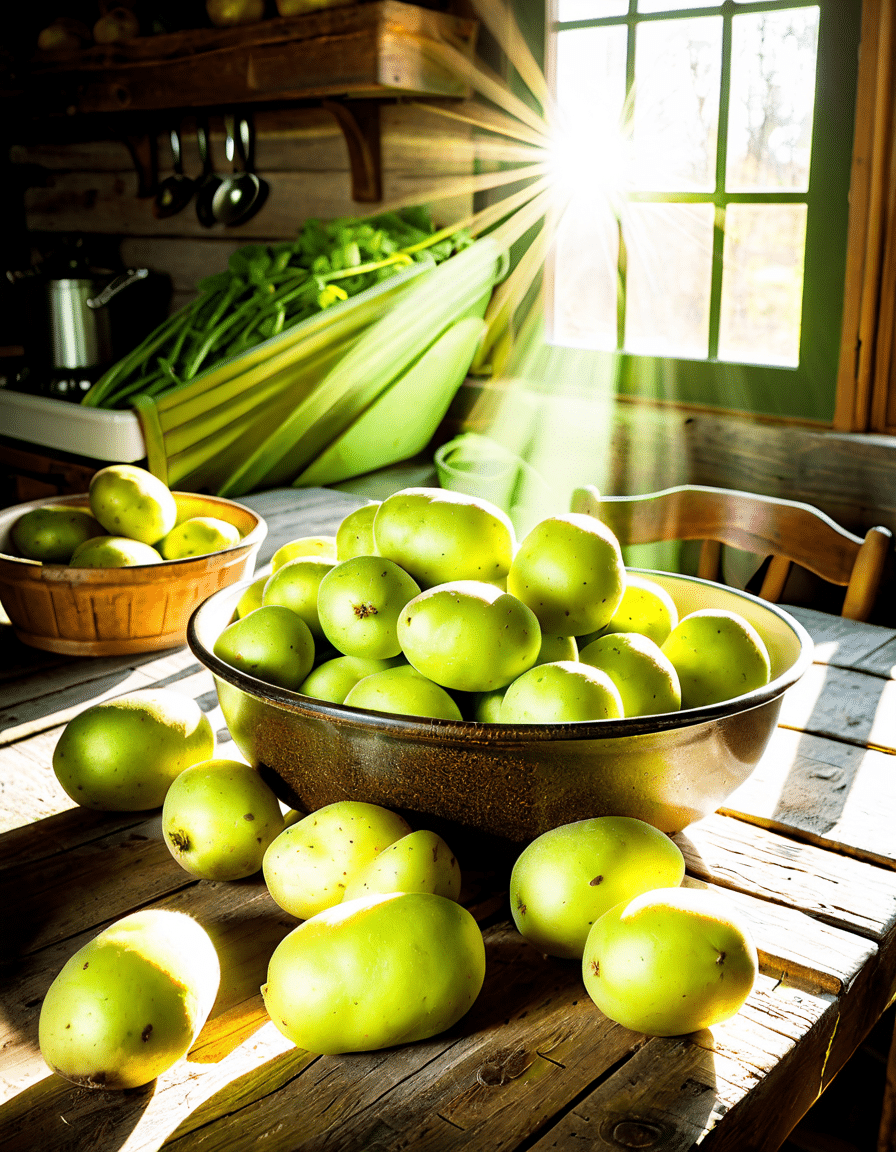
Top 5 Indicators That Your Potatoes May Be Toxic
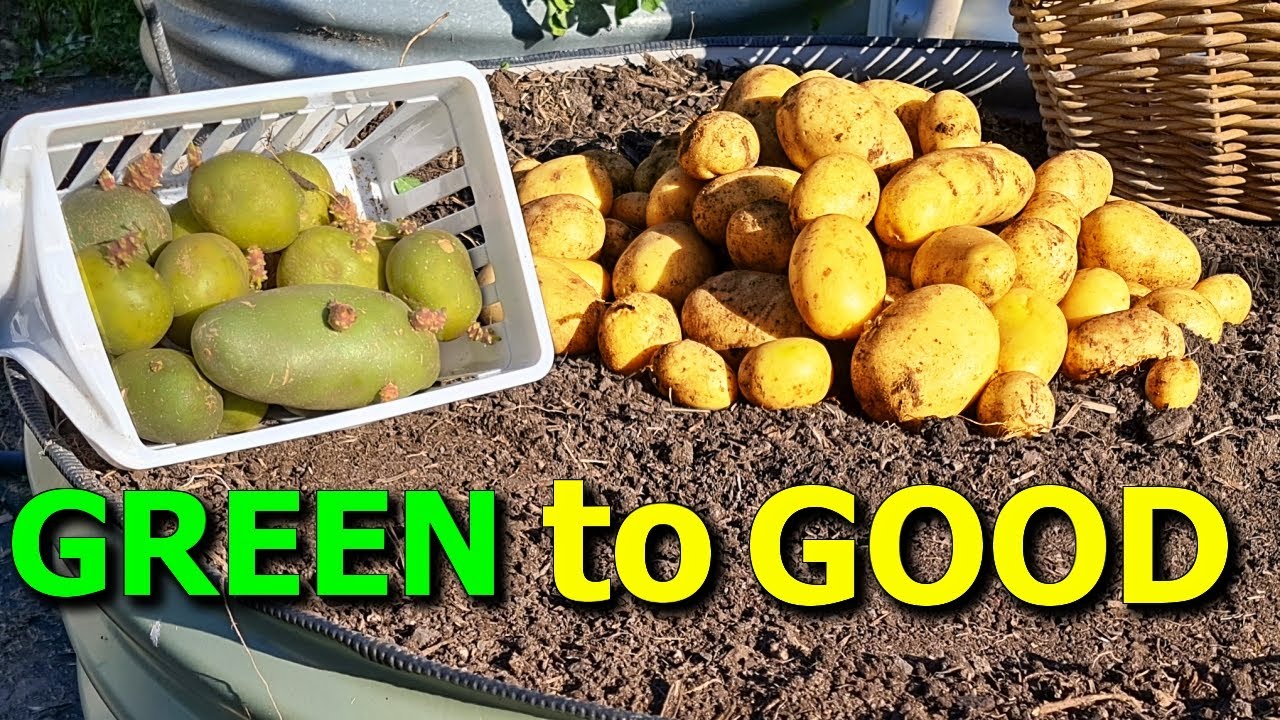
The Broader Impact: Why Knowing About Green Potatoes Matters
As we strive to live more health-conscious lives, knowledge about food safety couldn’t be more important. Green potatoes don’t just pose dangers to individuals; they can ripple through food manufacturers and retailers as well. It’s crucial for all of us to understand how toxins like solanine can impact our diets, especially as plant-based eating continues to gain traction. With potatoes being a versatile veggie, the risk can extend far beyond our plates.
Moreover, being aware of the implications surrounding green potatoes can spark broader discussions about agricultural practices. Farmers often face environmental challenges leading to crop exposure. Companies like “Organic Valley”, promoting sustainable farming, are stepping up to educate consumers about food safety. This highlights the significance of understanding the risks associated with our food choices.
Awareness can drive change. When consumers educate themselves about food safety, they can push for better practices—not just for their health, but for the entire food system. As our dining habits evolve, these discussions are essential for a healthier future.
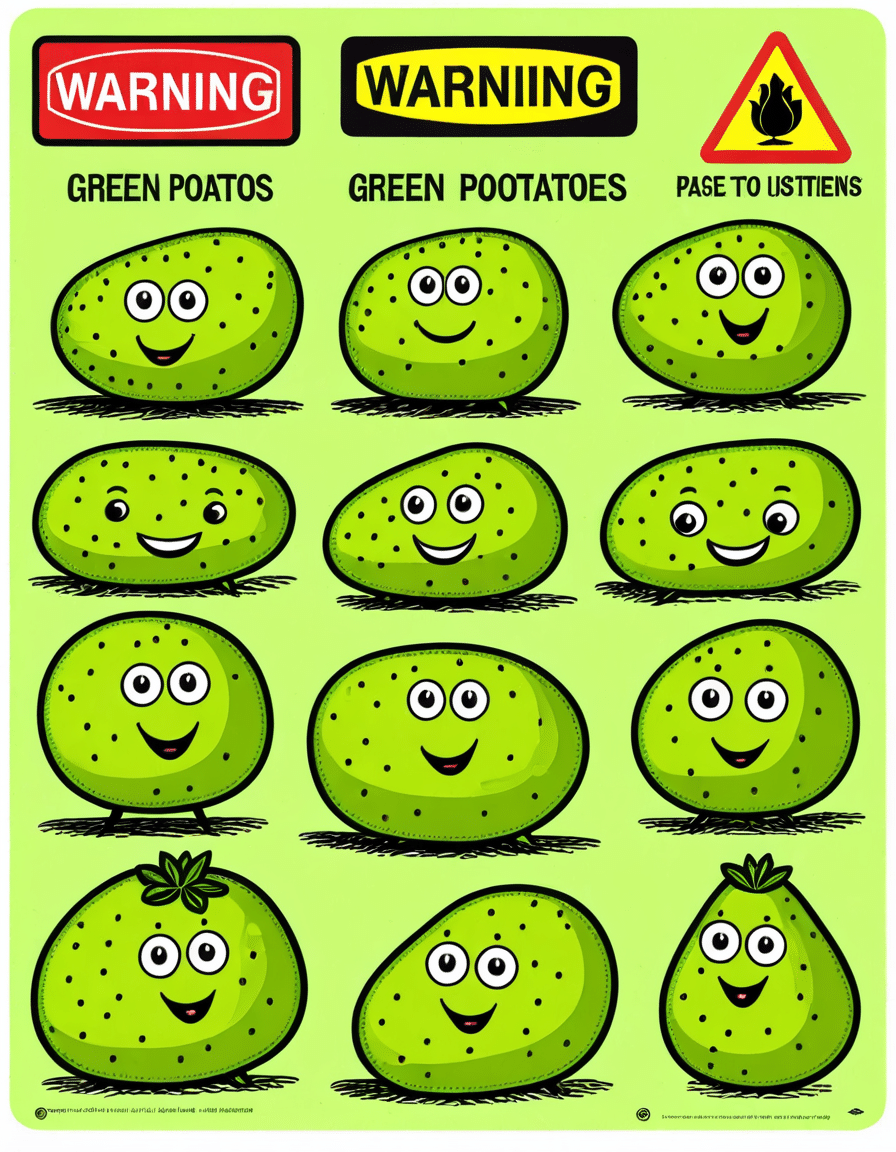
Alternatives to Consider: Healthier Vegetable Options
No need to worry if you need to dodge potatoes; plenty of great alternatives exist! Let’s explore some fantastic substitutes: chickpeas, sweet potatoes, and onions.
By incorporating these healthy alternatives, you can revitalize your cooking routine without worrying about solanine. Flavor and safety don’t have to come at odds; it’s all about making informed choices!
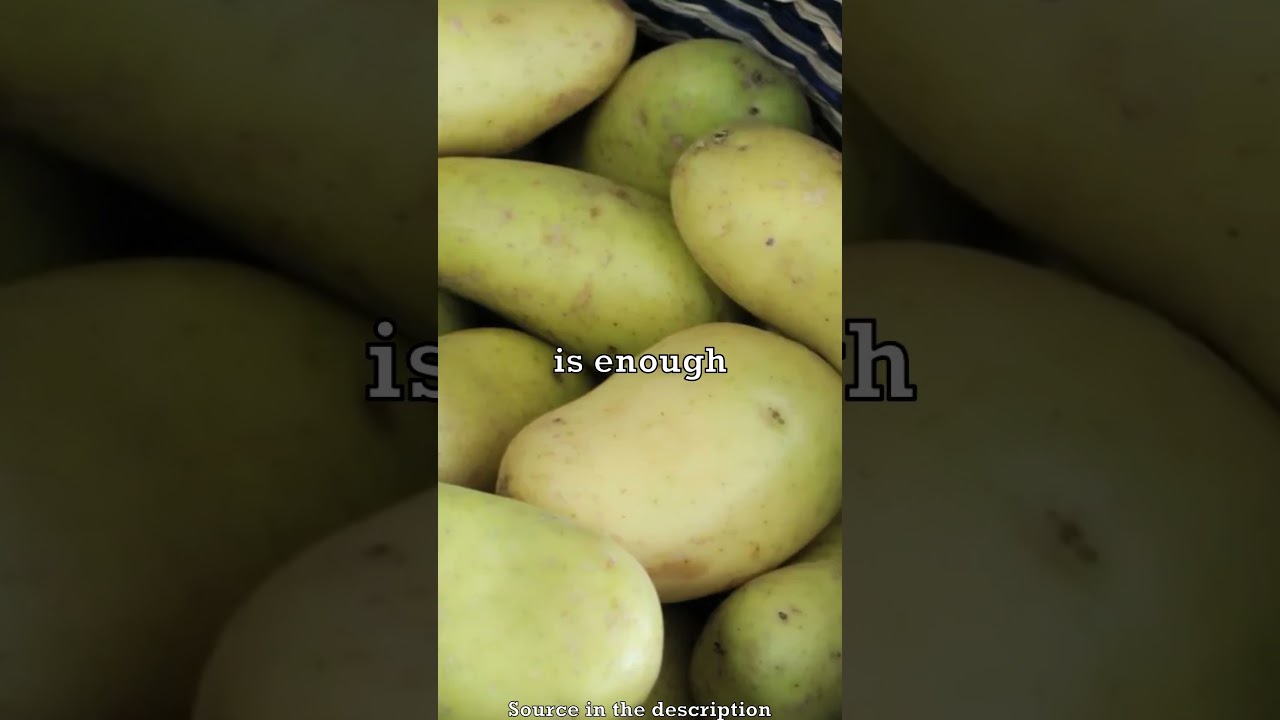
A Shift in Perspective: Changing Our Relationship with Food
Taking a proactive role in understanding food safety empowers us to make healthier decisions. Recognizing the dangers of green potatoes serves as a reminder that we should stay vigilant about our diets. Education about food sources and safety can inspire a ripple effect, promoting sustainable practices and enhancing public awareness about nutritious eating.
It’s easy to overlook the details of what we consume, but knowledge can make a significant impact. Learning about green potatoes evokes respect for our food, nudging us closer to healthier habits. By prioritizing our health, we can push ourselves fitter, stronger, and closer to our fitness goals.
As we strive to achieve our ideal physiques, remember these insights. Adopting healthy eating patterns contributes to better overall well-being. So, keep pushing yourself, and let’s create a more educated, healthier culinary experience!
For more inspiring content, discover the journey of bodybuilders like Peter Park who have embraced healthy eating to fuel their transformation. Let’s get shredded!
Are Green Potatoes Toxic? Here’s What You Need to Know
What Makes Green Potatoes Dangerous?
Green potatoes, yes, they’re a curious little food mystery! The greening occurs when potatoes are exposed to sunlight, leading to a buildup of chlorophyll. While not harmful on its own, this greening process indicates a higher level of solanine, a toxic compound produced as a defense mechanism against pests and diseases. Consuming large amounts of solanine can lead to symptoms like nausea, headaches, and in severe cases, neurological issues. So, hanging onto that bag of potatoes might not be as safe as keeping those stylish jean shorts For Women!(
Fun fact: did you know that solanine is not just found in potatoes? This toxic compound can also be lurking in other members of the nightshade family, like tomatoes and eggplants, especially when they’re undercooked or improperly stored. Just think, it’s like the 2018 Nfl draft—some players rise to the top while others might never make it past the bench; in this case, some foods can be potentially harmful if mishandled.
How Green Potatoes Can Alter Your Culinary Experience
Those green potatoes might not look appealing, but their color can be revealing. For instance, did you know that even the cooking method influences the solanine levels? Frying potatoes may actually increase the levels instead of reducing them. A good rule of thumb is to toss out any potatoes that have developed a greenish hue and those that feel soft or shriveled. Luckily, folks who are health-conscious can seek out alternatives like Acarbose,( which is often used for weight management.
In addition to toxicity, if you’ve ever wondered When Babies start walking,( you might be surprised to learn that this milestone, much like avoiding green potatoes, involves proper support! Just as babies need stability to stand upright, we need to approach our food safely to avoid health mishaps.
Green Potatoes in Popular Culture
Green potatoes might not have made it into the limelight like Jessica Pare,(,) but they’ve carved out a niche in food folklore. Back in the day, folk wisdom suggested that putting potatoes in a dark spot could prevent greening. That was backed by the notion that darkness is protective, similar to how people strive for a good night’s sleep—ever thought about When Babies sleep through The night?(?) Safe sleeping (and safe eating) is key to wellbeing!
So next time you’re rummaging through your pantry, remember: while green potatoes might evoke nostalgia, they can also pose health risks. It’s all about staying sharp and making better food choices!
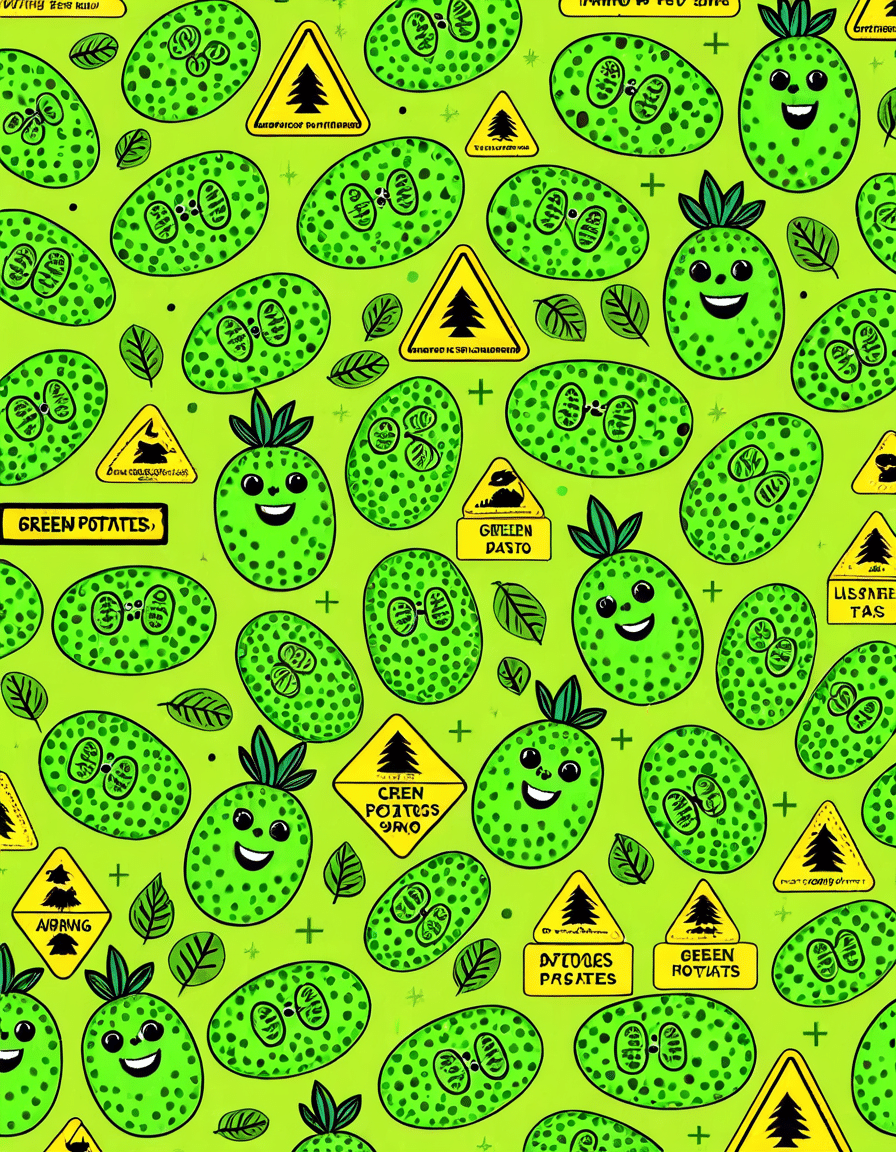
Can you eat potatoes with a green tinge?
You shouldn’t eat potatoes with a green tinge because that green color means they’ve developed solanine, which can be toxic in large amounts.
Can you cook potatoes if they are green?
Cooking won’t make green potatoes safe to eat, as solanine is heat-resistant, so it stays even after cooking.
Can I use potatoes that are going green?
While you can still use potatoes that are starting to go green, it’s best to cut away the green parts before cooking and eating them to avoid any potential issues.
Is it okay to cut off the green part of a potato?
Cutting off the green part of a potato is fine, but make sure you remove all the green areas since they might still contain solanine.
Is it safe to eat potatoes that are starting to go green?
It’s not safe to eat potatoes that are fully green, as the solanine concentration can be high and might cause stomach problems.
Does cooking destroy solanine in potatoes?
Cooking won’t destroy solanine in potatoes, so if it’s present, it can still affect you even after you cook them.
Can you save green potatoes?
You can save green potatoes by cutting away the green areas, but if they’re too green throughout, it’s best to toss them.
When not to eat potatoes?
You shouldn’t eat potatoes that are soft, shriveled, or have large sprouts, as they’re likely past their prime and can spoil your meal.





